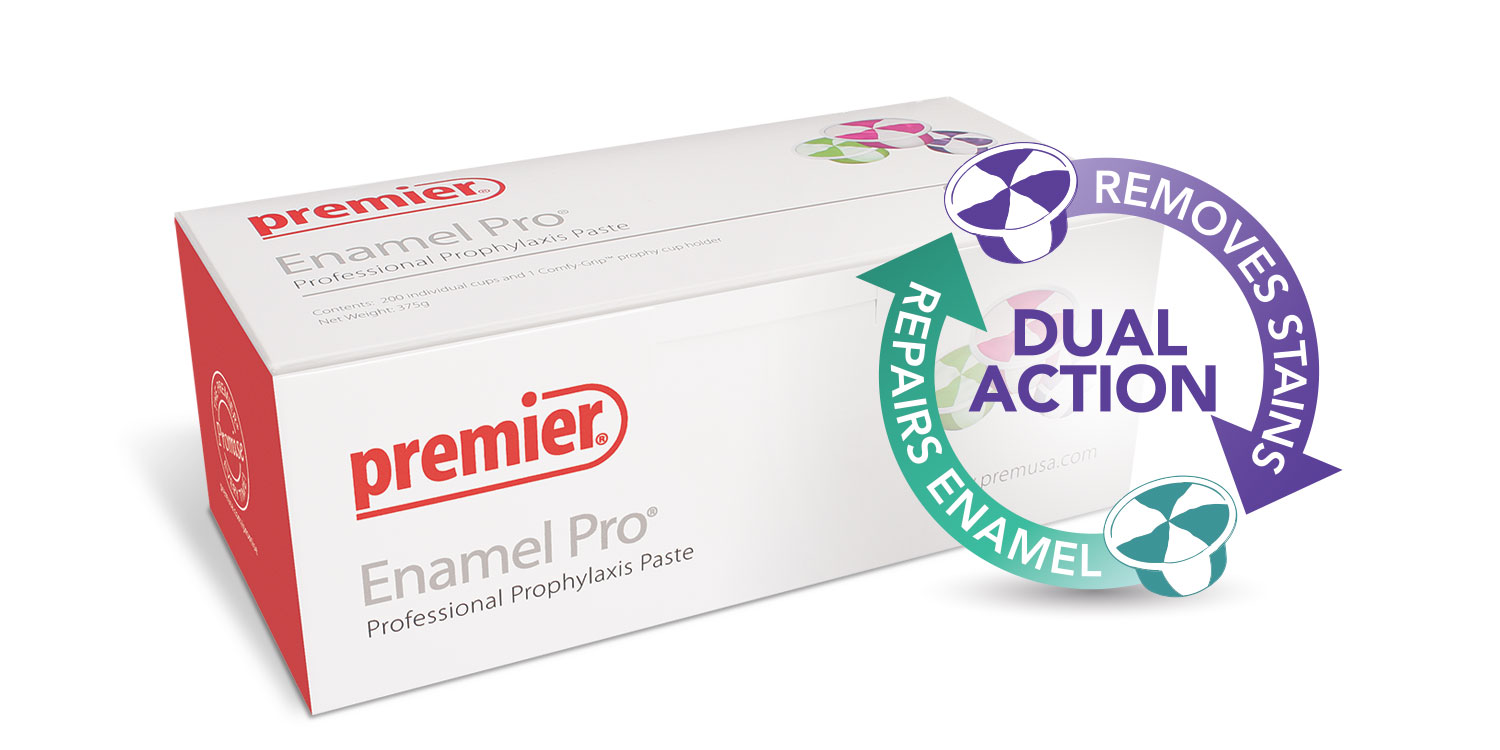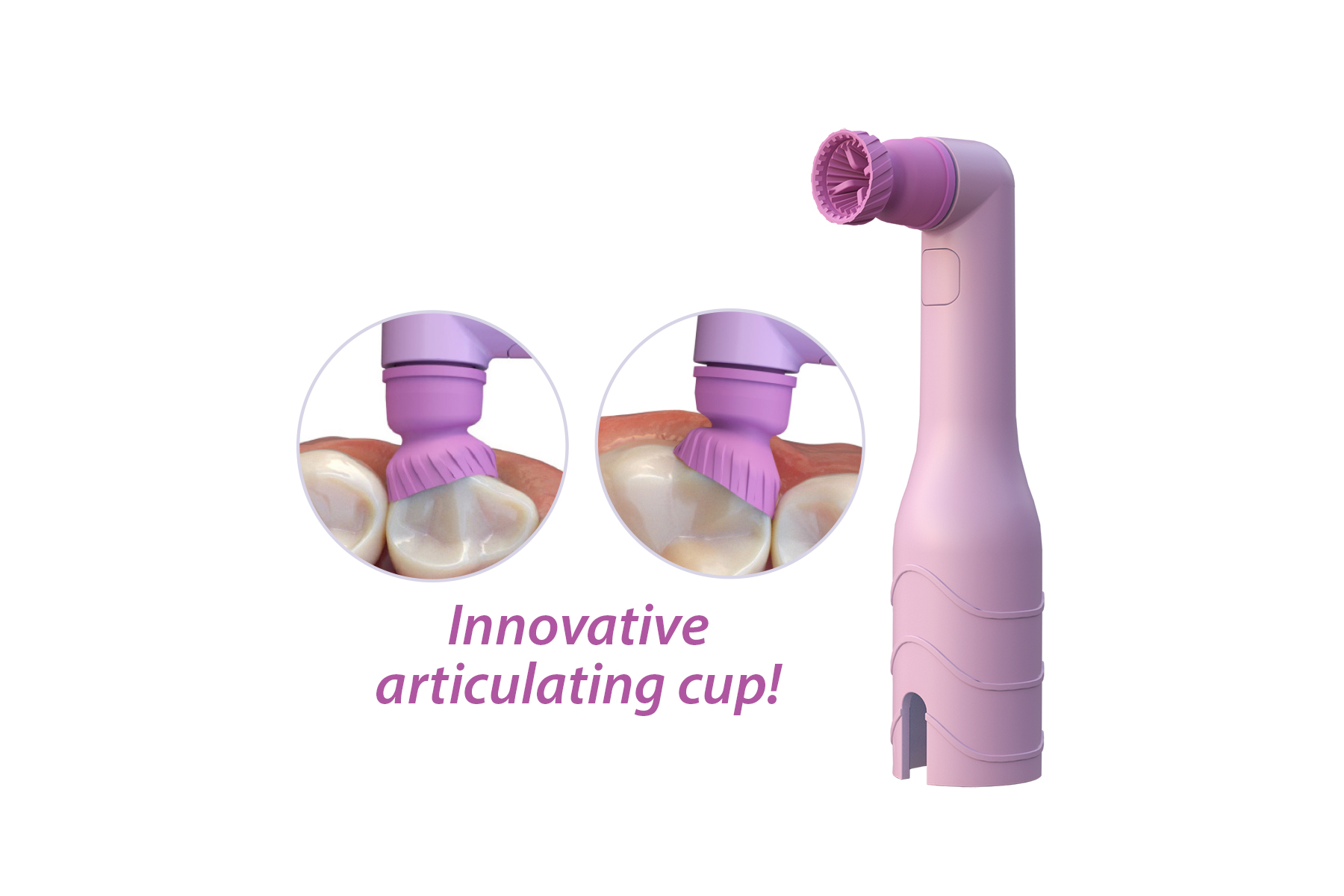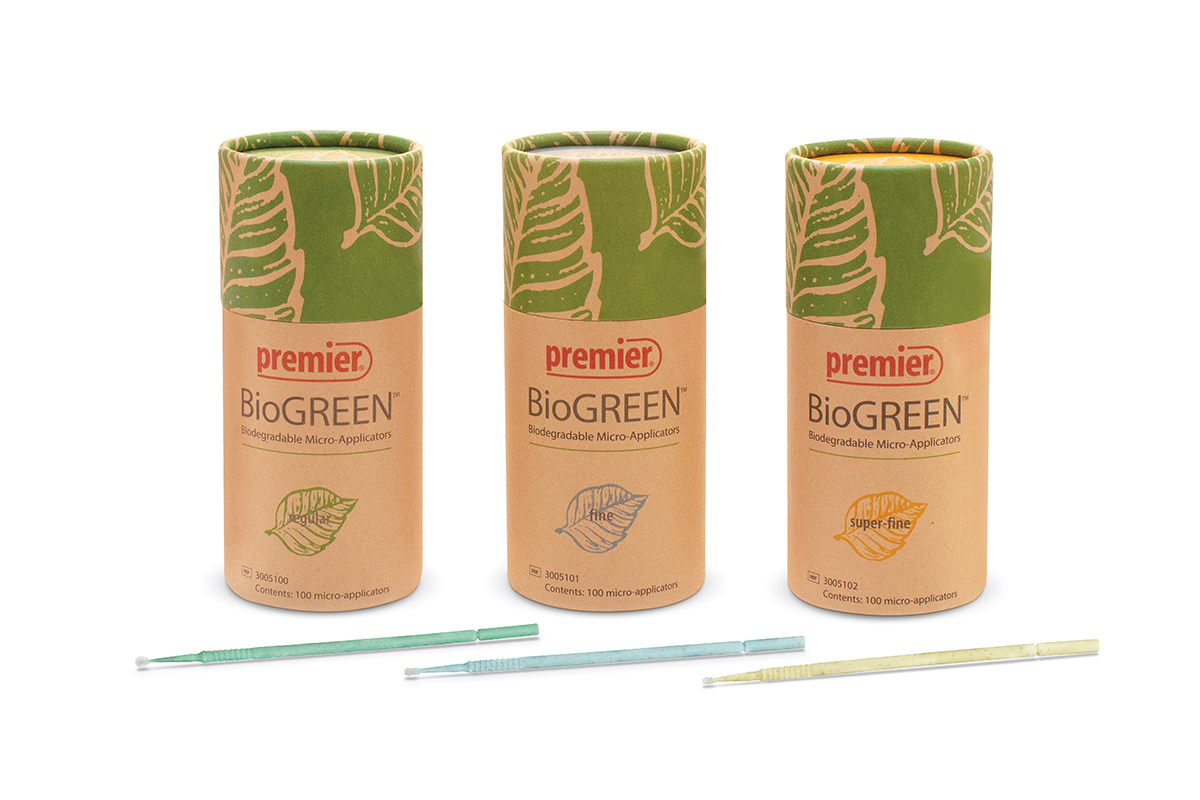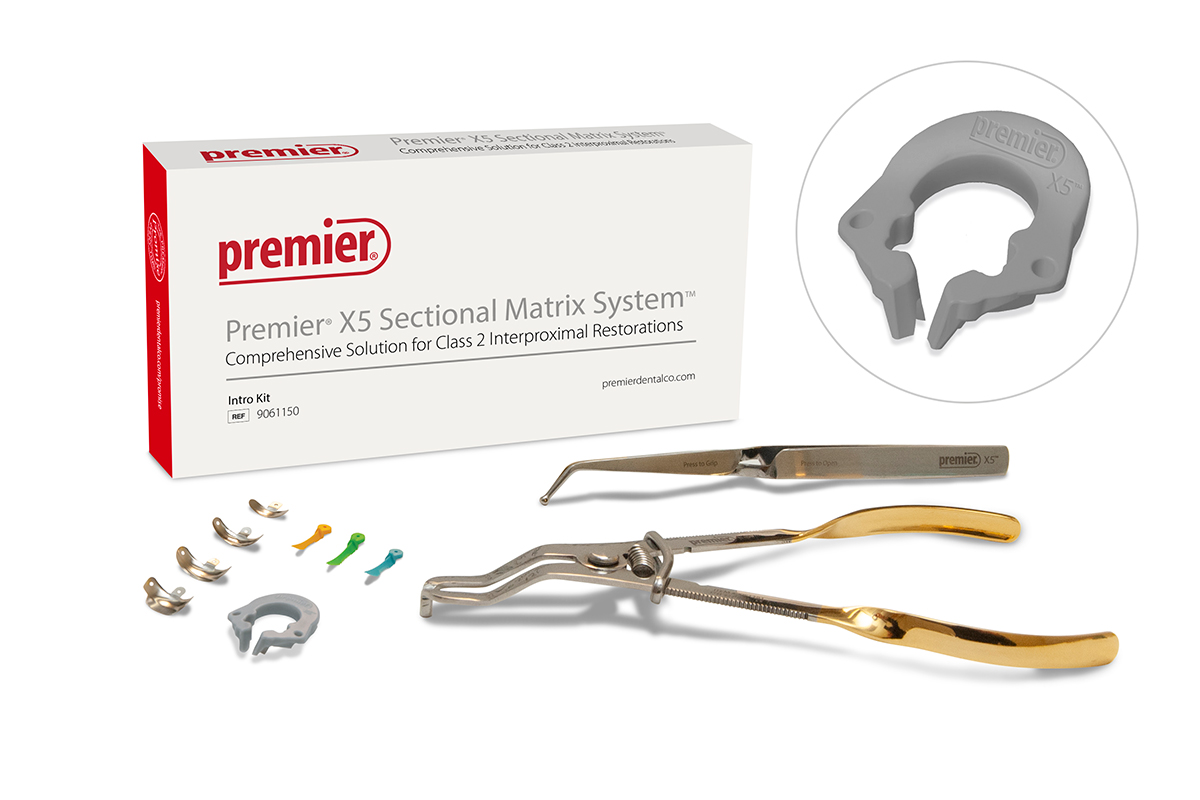By: Jason H. Goodchild, DMD
A positive crown and bridge outcome is the result of properly completing several essential steps. Arguably, the most vital step is the preparation of the tooth. This can affect the ease and success of tissue management, impression-making, provisionalization, and final cementation steps. Typically, the cutting tools used for tooth preparation are diamond burs, but clinicians must be aware that all diamond burs are not created equally.
Two Striper® diamond burs (Figure 1) are designed to provide greater value by lasting longer and delivering faster, cooler cutting. This means use of fewer burs, less chair time and a better patient experience. Unlike other diamond burs that electroplate the diamond crystals onto the shank, Two Striper® uses a proprietary brazing process to bond natural diamond crystals. This bonding process maximizes the exposure of diamond-cutting surfaces, especially at the tips and upper circumference of the bur where most cutting occurs. The result is diamond crystals, placed evenly and precisely in a uniform matrix, that are fused permanently to a surgical-grade stainless-steel shank. Clinically this translates to efficient, precise cutting potential that remains effective for multiple preparations.
Two Striper® burs are available in over 300 unique shapes, and several grit choices. Clinicians can easily select the most appropriate diamond bur for any preparation style or clinical situation.
Case Example
A twenty-five year-old patient presented complaining that he disliked the appearance of his maxillary central incisors. (Figure 2) Intraoral exam revealed multiple resin restorations placed after the area was traumatized during childhood. The treatment plan was formulated to include full coverage lithium silicate restorations on teeth Nos. 8 and 9.
Buccal and palatal anesthesia was initiated with Orabloc® 4% articaine with epinephrine 1:100,000 (Pierrel Pharma). The preparations were completed using Two Striper® diamond burs to achieve 2mm of incisal clearance and 1.0-1.5mm circumferential clearance. A flame-shaped diamond (#260.8C) was used to break interproximal contact followed by a football diamond to create the incisal reduction (283.4C). A flat-ended tapered bur (#703.8C KR) was used to accomplish circumferential reduction and produce a slightly sub-gingival butt joint finish line. The Two Striper ‘KR’ bur features a beveled edge to help create rounded internal line angles.
After using coarse diamonds to achieve the basic preparation shape and geometry, Two Striper® fine grit football (#283.4F) and flat-ended tapered burs (703.8F KR) were used for final smoothing and rounding. Additionally, the finish line was refined to create a distinct cavosurface with smooth edges that can help optimize margin reproduction and the fabrication of final restorations. Care was taken to not traumatize the marginal gingiva, however to arrest any bleeding Hemodent® (Premier Dental) was applied on a cotton pledget. Figures 3 and 4 show the final preparation.
Using a full-arch stock tray the final impression was made with polyvinyl siloxane impression material. After inspection to verify unequivocal capture of the prepared tooth details, provisional restorations were fabricated with Integrity Multi-Cure® Temporary Crown and Bridge Material (Dentsply Sirona) and cemented with NexTemp® Temporary Cement, clear shade (Premier Dental).
Three weeks later the final restorations on No. 8 and 9 were cemented with ZR-Cem Self-Adhesive Universal Resin Cement translucent shade (Premier Dental). Figure 5 shows the completed restorations after cementation.
® Two Striper is a registered trademark of the product manufacturer, Abrasive Technology, Inc.
® Premier is a registered trademark of Premier Dental Products Company

Figure 1: Close-up view of Two Striper© diamond bur illustrating the incorporation of natural diamond crystals via the proprietary brazing process.
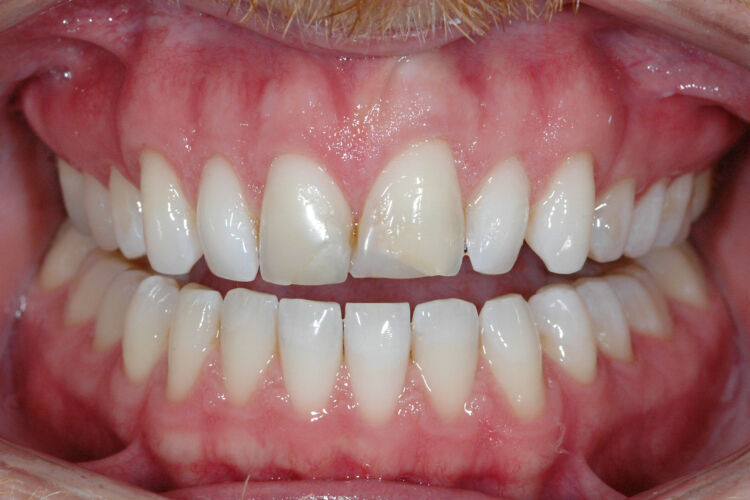
Figure 2: Pre-operative buccal retracted view of 25 year-old male treatment planned for full-coverage lithium silicate restorations on teeth Nos. 8 and 9.
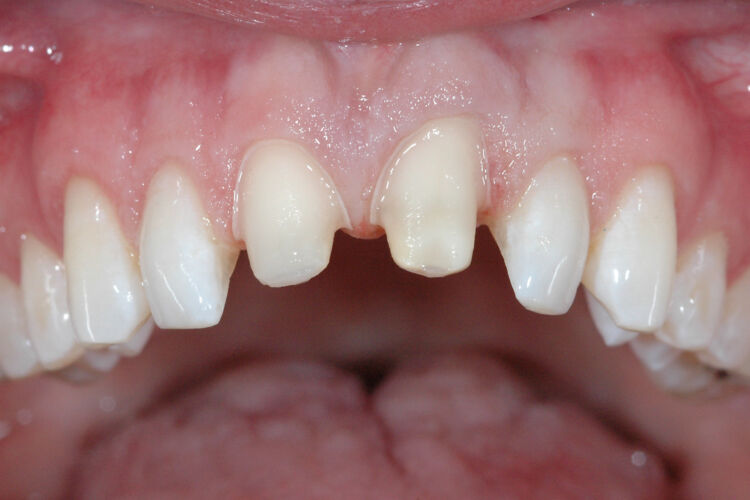
Figure 3: Final preparation of teeth Nos. 8 and 9 using Two Striper© diamond burs on 25 year-old male patient.

Figure 4: Teeth Nos. 8 and 9 after final cementation of lithium silicate crowns with self-adhesive resin cement. Buccal retracted view.




















